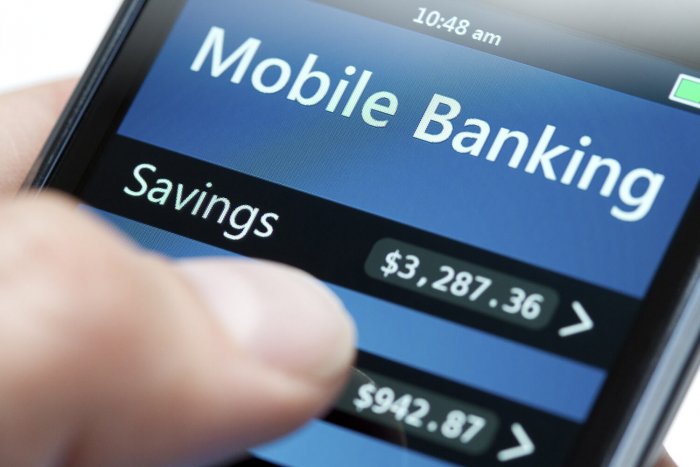

The mobile money operators make it possible to pay and recover the micro-loans. These micro-loans are arranged on client devices. However, they have the potential to play a much bigger role than that of simply operating the distribution channel in this market.
Benoît Menard
In my first article, I wrote about how mobile operators are using existing mobile technologies and their specificities (notably networks of agents) to offer attractive payment and money transfer services.
Similarly, Mobile Money operators have taken advantage of recent technological advances in analysing data to revolutionise credit.
Credit scoring: a tool boosted by Big Data
Credit scoring is as old as credit itself. It consists of assessing a borrower’s defaulting risk. To determine the creditworthiness of individual loan applicants, banks have traditionally relied on personal socio-economic information and banking history. The bank looks at the borrower’s liabilities, past transactions and previously granted loans to decide whether or not to grant a loan, and to determine the cost to the borrower (i.e. the interest rate).
The dawn of big data [1], coupled with the increase in computing power and the development of new algorithms, has massively transformed credit scoring. Increasingly, these assessments are carried out using smart software capable of analysing thousands of pieces of customer data in record time. In this way, credit scoring is becoming faster and more accurate. However, you must first have access to this data before you can analyse it.
Mobile data from operators; a new source of data for credit scoring
Accessing banking information in developing countries remains problematic. Few adults have bank accounts or an extensive banking history. In order to assess the creditworthiness of these “invisible” individuals, innovative companies have come up with alternative credit scoring methods. Rather than rely on socio-economic information or a history of financial transactions, companies like Lenddo and Tala rely on mobile usage data. The idea is to use data such as call duration and location, the frequency of text messages, social network activity, and the type of telephone used.
By aggregating thousands of pieces of this type of data, the companies gain an insight into the day-to-day life of the potential borrower. This data allows them to estimate the probability of whether a borrower will pay back the loan or not. For example, individuals who enter both the surname and first name of over 40% of their contacts in their mobile directory, have a good chance of being creditworthy. Over the months, the algorithms used are refined based on whether loans are repaid or not. The defaulting rate of loans granted via this scoring method was initially higher than those reported by the banks. Today, it is very similar to the bank rates and other traditional financial institutions (i.e. lower than 5%).
Credit scoring based on mobile data can be used to develop microcredit offers in countries with no banking services
This new form of credit scoring is especially popular among microfinance institutions. These institutions are common in communities without access to banking services in developing countries. They sometimes use credit scoring software based on alternative techniques.
Companies like Tala have chosen to take a far more significant position in the credit chain. Tala not only manages the credit scoring aspect but also loan allocation and recovery. Tala (formerly called InVenture) is a US fintech company based in California. It provides microcredit services in Kenya, Tanzania and the Philippines.
Tala also developed a smartphone app of the same name in Kenya in 2014. This app offers users the possibility to request a micro-loan. To do this, the borrower must first agree to grant access to his/her mobile usage data and send certain personal information. After a few minutes, if the score is positive, the user will be granted a loan. The loan is sent in the form of e-money and is paid back via the telephone. The amount of the loan is 50 USD and the default rate is over 90%.
For borrowers, this new form of credit facilitates access to higher loans
Two years after it was launched, Tala had granted micro-loans to over 150,000 individuals totalling 20M USD. The company provides its clients with a simple and fast service, which hitherto they had no access. In addition to accessing loans, borrowers also start to compile a credit history. This history potentially allows them to borrow higher amounts.
The mobile money operators make it possible to pay and recover the micro-loans. These micro-loans are arranged on client devices. However, they have the potential to play a much bigger role than that of simply operating the distribution channel in this market.
[Read more…]
[1] Taken to mean here as the possible consolidation of a very large amount of data.
Credits: Victor Estrade and Benoit Ménard




